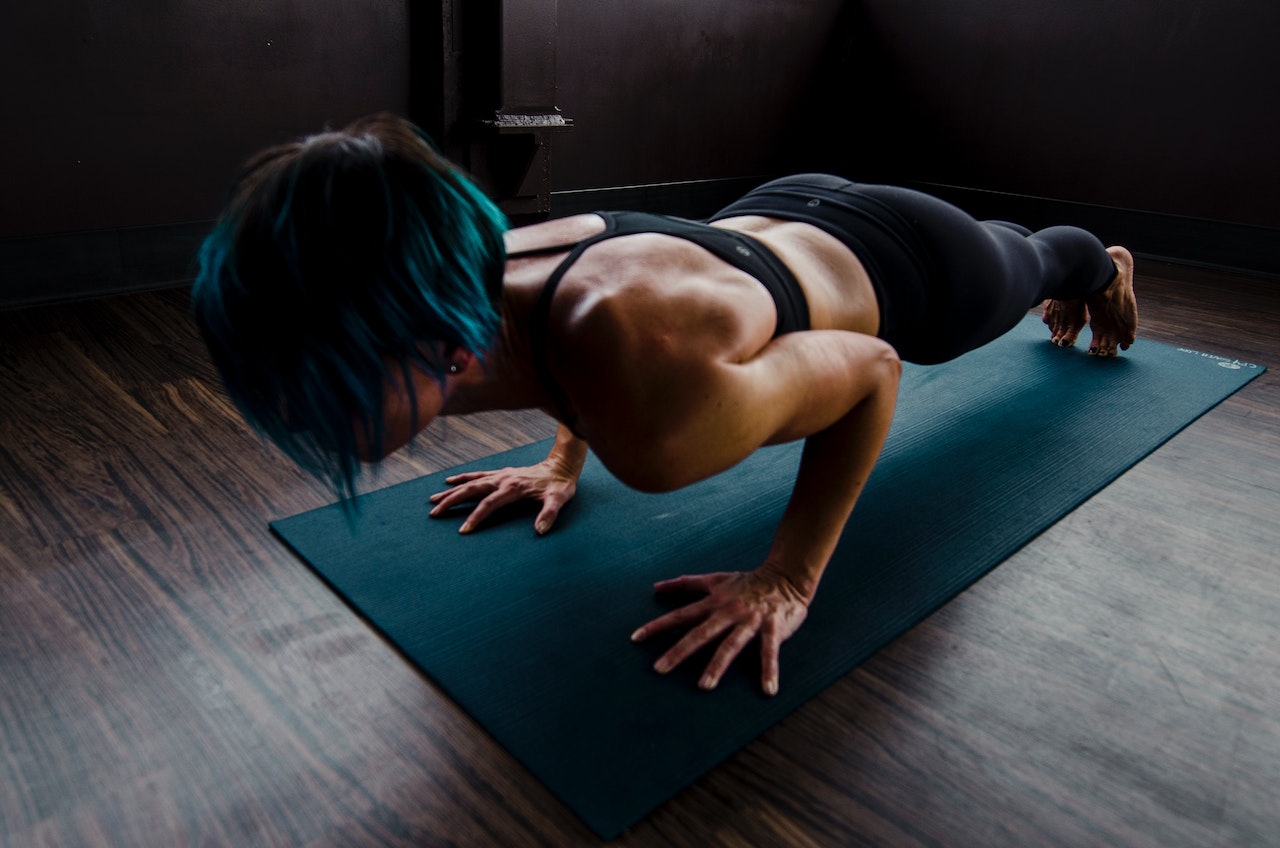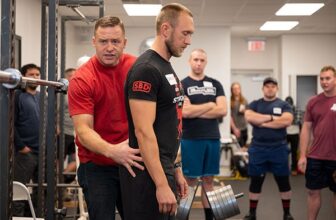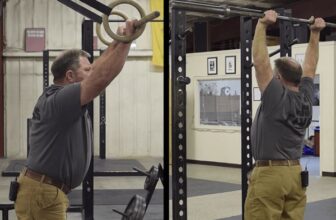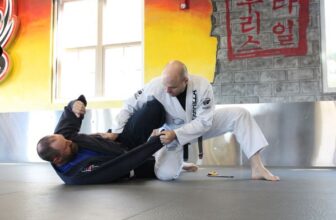
[adinserter block=”2″]
If you’re someone who prefers to workout in nature or perhaps the comfort of your home, you probably prefer bodyweight exercises—those that don’t require the use of actual machines or accessories such as weights, bands, springs, etc. A form of resistance training, bodyweight exercises utilize a person’s own weight against gravity. Some of the simplest exercise moves that you were probably taught as a young child are considered bodyweight exercises, including pushing and pulling up, bending, sit-ups, twisting, squatting and balancing.
Since they’re quite basic, relatively easy to perform and don’t require the use of exercise machinery, they’re great for beginners who are looking to get their feet wet with fitness. They’re also free, convenient and can be performed just about anywhere. “If you are taking a break from working at your desk or traveling and in your hotel room you can do ten bodyweight squats or pushups quickly and conveniently,” explains Robert Herbst, C.P.T., a weight loss coach and powerlifter.
Another benefit, Herbst points out, is that you can do bodyweight exercise to build a base level of strength and range of motion if you are unable to do a movement with a weight. “For example, you can do bodyweight squats to build coordination, flexibility, and range of motion before trying squats with a barbell,” he says.
If you’re recovering from an injury and are hoping to reestablish movement patterns and trigger muscle memory, bodyweight exercises are the way to go, as they can increase your balance, coordination, flexibility and strength.
Just about anyone can stand to benefit from incorporating bodyweight exercises into their routine, and this is especially true if they’re looking to sculpt their shoulders. “Beginners will see good results from doing them as the intensity will be more than sufficient to provide a stimulus to the trainee’s muscles without the need for adding extra weight,” says Robert Dodds, C.P.T. certified personal trainer, fitness coach and founder of Nothing Barred Fitness. “As the trainee gets stronger, adding reps or modifying the exercises to make them harder will ensure they can continue using bodyweight exercises for a long time.”
People with specific joint issues, however, should avoid certain bodyweight exercises. “For example, someone with a shoulder injury might need to avoid pull ups or pushups and someone with hip or knee problems might need to avoid squats,” says Dodds.” As bodyweight exercises use your own bodyweight to provide resistance to work against, overweight and obese people should be careful as the exercises might be too difficult.”
Here, fitness pros share the top bodyweight exercises they recommend for those looking to sculpt and define their shoulders.
Inverted shoulder press
The inverted shoulder press simulates a seated or standing shoulder press with dumbbells with the only difference being that you’re in a handstand position with your legs up against the wall for balance, explains Bill Daniels, C.S.C.S., C.P.T., founder of Beyond Fitness. “This is great for the lateral deltoid muscles as well as some of the upper back muscles.”
Isometric lateral raise in a doorway
Any doorway can serve as your workout space for this exercise which comes with several variations and is great for the anterior deltoid. “You simply walk up to a door jam, place the back of your hand up against the door jam down by your hip, push your hand into the door jam as if you were trying to push it through the door forward in front of you and press as hard as you can into the door for 15 seconds and then let it relax,” explains Daniels. “You can repeat this on the other side and also do this by pushing your hand to the side rather than in front of you to get the lateral deltoid.”
High-side plank
If you’ve ever taken a yoga class, you’ve probably performed this bodyweight exercise, which targets your lateral delts. This move is done with your feet staggered or stacked, on the outside edge of the bottom foot, with only one hand on the ground. “If you are on your right hand, your entire body will be facing to the right with your glutes engaged so your hips are as far away from the floor as possible,” explains Kyra Williams, NASM-certified personal trainer and coach for USA Weightlifting and USA Powerlifting. “By only using one arm, you have to keep all of your weight on one arm which is very challenging and requires a lot of stability and strength of that shoulder.”
Hindu push-ups
For a Hindu push-up, you set up like you would for a normal push-up, but with your hips sticking way up in the air, explains Daniels. “Dip your head and body down towards your hands as if you’re trying to climb under a fence and then come up in front of your hands,” he says. “When you finish this repetition, your arms should be extended, your hips should be closer to the floor and your head should be looking up towards the ceiling.” He recommends reversing this movement so that you easily end up back in a position similar to downward dog. “This is a great exercise for all of your spine as well as all of the muscles in your shoulder including the rotator cuffs,” he adds.
Walking planks
To perform this style of planks, you will begin in a low plank on your forearms, explains Williams. “Press up, one arm at a time to a high plank, then lower back to low plank one arm at a time,” she says. “These are dynamic and will increase your heart rate, strengthen your core but really target your front delts.”
[adinserter block=”2″]
Credit : Source Post






